How to Respond to a Draft Audit Report: Step-by-Step Advice for Production Teams

Union pension and health audits are a routine but often stressful part of doing business in the film and television industry. When a fund like MPIPHP or the IATSE National Benefit Funds (IANBF) initiates an audit, productions must be prepared to respond quickly, accurately, and professionally.
At the center of this process is the draft audit report. This preliminary summary of findings is issued by the fund's auditor after reviewing the production’s payroll records. The draft report gives your production an opportunity to review discrepancies, challenge errors, and resolve issues before the audit becomes final.
Here’s a step-by-step guide to navigating the union pension audit process and how to respond to the draft audit report effectively.
Step 1: Understand the Audit Timeline
The union pension audit process begins with a Notice of Intent to Audit. This letter notifies the production that the pension or health plan will be reviewing its payroll records for a specific time period under the relevant collective bargaining agreements.
Once the notice is received, the production must supply a range of payroll and employment records to the fund’s auditor. These typically include:
- Payroll reports (including gross wages, fringes, and deductions)
- Timecards
- Start paperwork and deal memos
- Production bibles (such as crew lists and daily production reports)
The auditor uses this documentation to determine whether contributions were properly made for covered employees and whether any compensation was missed, misclassified, or misapplied.
Step 2: Review the Draft Audit Report
After reviewing the records, the auditor issues a draft audit report. This document outlines the initial findings and allows your production to verify or dispute the results before they are finalized.
The draft report typically includes:
- Details about the audit period and scope
- A summary of all findings
- A line-by-line breakdown of discrepancies
- Explanations of alleged underpayments or classification issues
The draft stage is critical. It gives you the opportunity to clarify any errors and correct the record before a final report and settlement are issued.
Step 3: Assemble Your Response Team
To respond effectively, you should involve the right people. A typical audit response team includes:
- A payroll or production accountant who worked on the show
- A labor relations consultant or union audit specialist
- A payroll service provider, especially if findings involve coding or fringe errors
- Legal counsel, if there are classification concerns or high-value disputes
The right team ensures that your response is thorough and grounded in accurate records and contract interpretation.
Step 4: Cross-Check Line Items with Payroll Records
Next, go through the draft report line by line. For each entry, check the following:
- Are the dates of employment correct?
- Do the gross wages match your records?
- Was the correct union local and occupation code used?
- Were contributions accurately calculated and remitted?
Use internal records like payroll summaries, start forms, and fringe remittance statements to compare against the auditor’s data. Common problems include fringe contributions not applied to idle days, missed rerates, or outdated occupation codes.
Step 5: Categorize and Document Discrepancies
As you review findings, identify and group any discrepancies. Create a spreadsheet or response memo that outlines:
- The specific items being disputed
- The reason for the dispute
- References to supporting documentation
It is often helpful to group disputes by issue type, such as misclassification or incorrect work dates, to streamline your explanation to the auditor.
Step 6: Gather and Label Supporting Documentation
Your audit response will be more effective if it includes clearly labeled documentation. Key backup items may include:
- Timecards and daily production reports
- Payroll registers and summaries
- Deal memos and start paperwork
- Fringe contribution reports
- Rerate approvals and wage adjustments
Label each document clearly and organize them in the same order as the auditor’s report. This makes it easier for the auditor to review your response efficiently.
Step 7: Draft a Formal Written Response
Prepare a written response that is concise, structured, and respectful. Your memo should include:
- An introduction explaining that you are responding to the draft audit report
- A summary of the items being disputed or clarified
- A detailed explanation of each dispute, with references to supporting documents
- A list of attachments labeled for easy reference
Avoid emotional or defensive language. Keep the tone factual and focused on resolution.
Step 8: Submit Your Response on Time
Draft audit responses are usually due within 30 to 45 days of receipt. Check the deadline stated in the draft audit report and plan accordingly. If you need more time, request an extension from the auditor in writing.
When submitting your response:
- Confirm all attachments are included and properly labeled
- Send via secure upload or email as instructed
- Retain a full copy of your submission
- Request confirmation of receipt
Timeliness shows your production is committed to resolving the matter professionally.
Step 9: Resolve Exceptions Before Finalization
After you submit your response, the auditor may reach out with additional questions or requests. This is your opportunity to finalize outstanding issues before the report becomes official.
Work to resolve all discrepancies at this stage. Most funds are open to reasonable discussion if you provide clear evidence. Once the exceptions are resolved, the audit can move forward to the next phase.
Step 10: Final Audit Report and Settlement
Once all disputes have been addressed, the auditor will issue a final audit report. This report reflects the final findings and includes a settlement amount, if applicable.
If both parties agree on the findings, the production is responsible for paying the settlement. Once payment is made, the audit is closed.
If unresolved issues remain, further discussion with fund representatives or legal counsel may be necessary, but most audits conclude successfully during the settlement phase.
Best Practices for Preventing Future Audit Issues
Productions can avoid many common audit findings by building better processes from the start. Consider the following best practices:
- Use the correct and current occupation codes
- Document and track rerates and upgrades for wage and benefit purposes
- Reconcile fringe reports weekly during production
- Apply PH&W to idle days where required
- Maintain payroll records, timecards, and fringe reports for at least four to six years
- Work with a labor consultant or audit advisor to conduct internal reviews before audit notices are received
Final Thoughts
A draft audit report is not a penalty; it is an opportunity. Productions that respond carefully and thoroughly have the best chance of minimizing financial exposure and avoiding future issues.
By following a clear process and submitting a well-supported response, your production shows that it takes labor compliance seriously and values its obligations to union benefit plans.
FTV Production Consulting works with production companies and payroll teams to prepare for audits, respond to draft audit reports, and resolve union pension and health plan findings. If your team needs support, we are here to help every step of the way.









